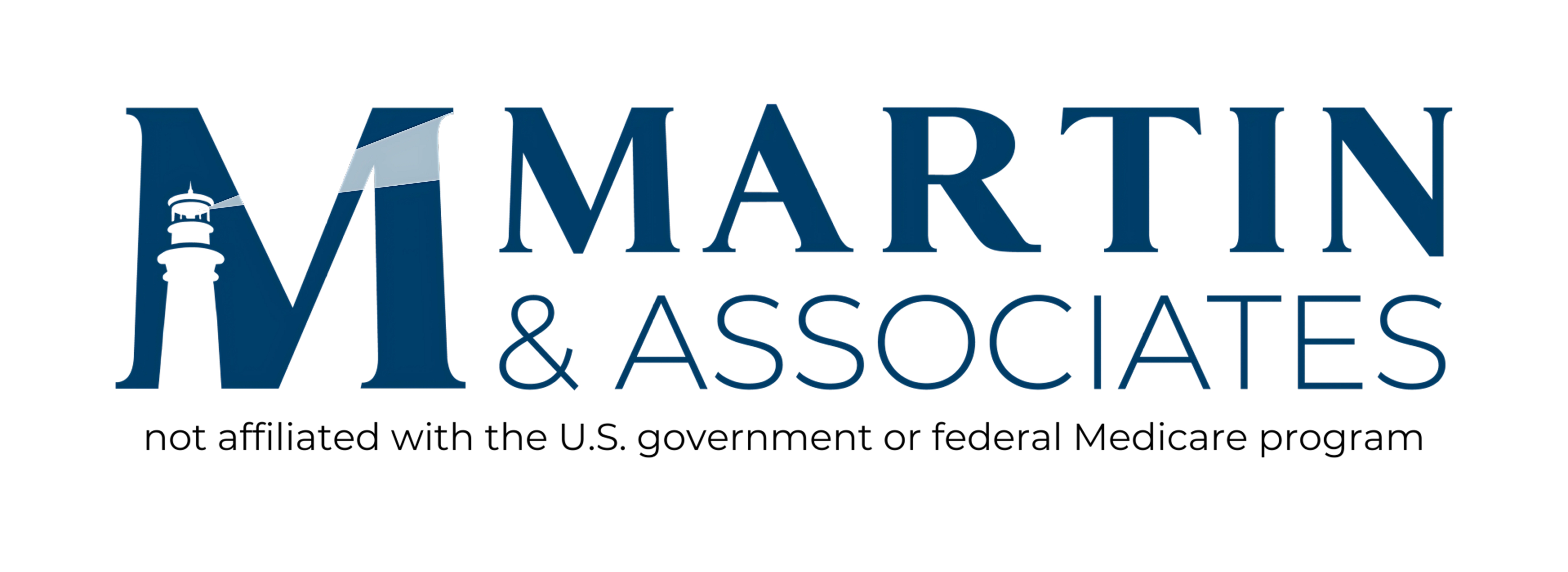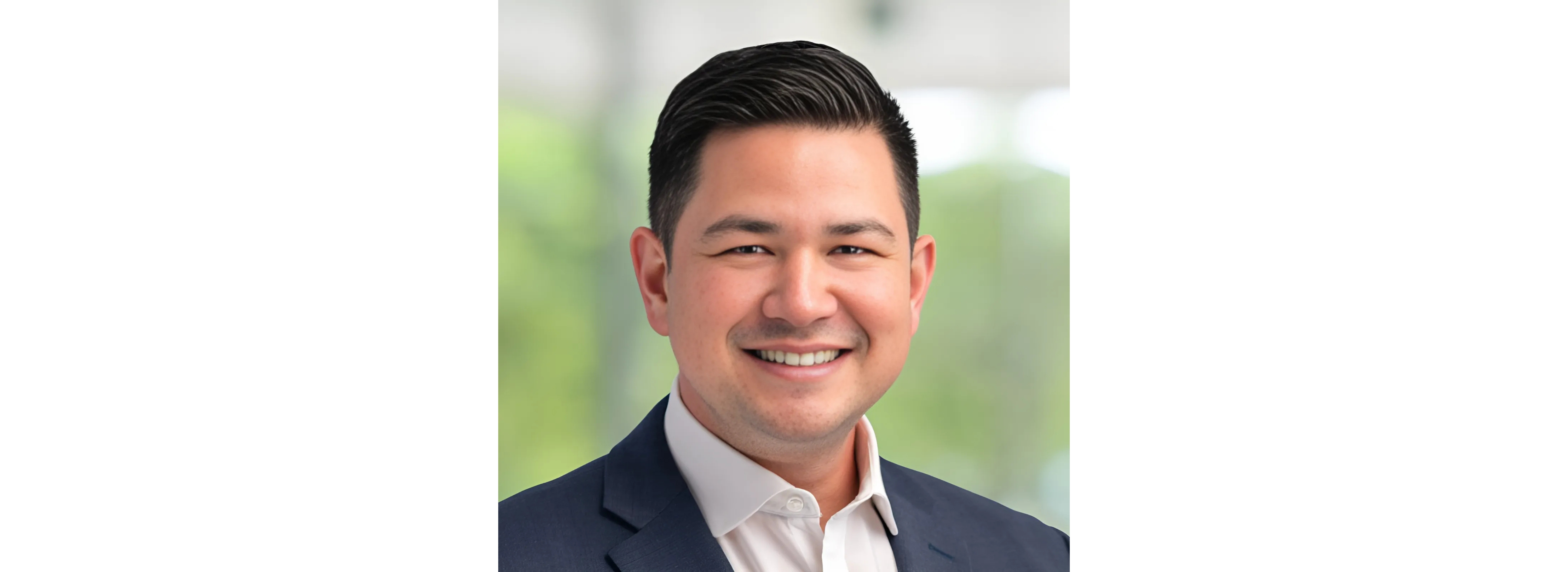
5 minute read
Adapting to the New Normal: How Agents Can Navigate Part D Compensation Cuts
By Elliott Martin
Starting in 2025, many Medicare Part D carriers eliminated agent compensation altogether—a trend that shows no signs of reversing as we look toward 2026. For agents who have spent years guiding clients through the complexities of re-shopping Part D plans during the Annual Election Period (AEP), the impact has been significant. Suddenly, we’re asked to provide the same level of service, care, and customization, possibly without any financial compensation. The result? A growing tension between doing right by our clients and maintaining a profitable, sustainable business.
We must also educate our clients not just about their drug plans, but about how the industry is changing.
In the past, re-shopping a client's Part D plan could be a 20 - to 45 - minute task. Multiply that across hundreds of clients, and it quickly becomes a full-time seasonal job. While we have never entered this field solely for commissions, we also can't ignore the economic reality: it's increasingly difficult to remain profitable servicing a product that doesn't pay.
A Tactical Pivot: Automation and Education
Last year, we decided not to walk away. Instead, we took a strategic pivot. We created a short, easy-to-follow tutorial video that guided clients through the process of comparing and enrolling in Part D plans using our personal plan-finder URL provided through our upline. This allowed clients to enter their prescriptions, select their preferred pharmacy, and enroll through us— maintaining attribution and preserving some continuity.
Of course, this required a major mindset shift for us and our clients. Many of them were accustomed to having every detail handled by us directly. So, we took the time to educate them on why this change was happening. We explained that while we were still here to guide them, we could no longer take on the entire burden of Part D comparisons without support.
Retraining Clients: What We Told Them
Rather than frame the change as a loss, we emphasized the benefit of staying connected to us while gaining more control over their coverage. Our communications highlighted:
How to use the plan-finder tool (with step-by-step video guidance)
What information they needed to gather beforehand (medications, dosages, pharmacy preferences)
Why it was still important to review their plan each year
That we remained available for questions or quick plan guidance for those that raise their hands
How this new process sped up the overall experience
To our surprise, the response was mostly positive—some clients of course were disappointed but understanding of the new reality and others jumped right in, maybe even preferring to DIY-it when they knew they’d likely stay with their same Part D. Over time, we noticed something encouraging: the clients who engaged in the process became more informed and more confident in their Medicare decisions.
Balancing Client Care and Profitability
This new model isn't perfect, but it DOES create a sustainable middle ground. We're still offering support, still adding value, but we're no longer pouring as many long hours into a non-compensated product. Most importantly, we're preserving the relationship—a critical aspect of long-term client loyalty and retention.
It also opened the door to something we hadn't anticipated: new sales opportunities.
Now, when we're in front of clients during the Part D season, we're using that time to review other needs. If we're going to spend 10 minutes on a plan review, why not spend another 10 discussing:
Dental, vision, and hearing plans
Hospital indemnity or critical illness coverage (for those under 65 in CA or where applicable for clients in other states)
Long-term care alternatives
Life insurance reviews and risk assessments
Retirement income planning conversations
Referrals for family members approaching 65
Requesting Google Reviews to boost our online presence
These conversations can turn a non-paying interaction into a valuable, revenue-generating engagement. And because it stems from genuine concern and relationshipbuilding, it doesn't feel like a hard sell.
Looking Ahead: A Shift in Strategy, Not Mission
As we brace for another AEP under this new compensation model, we must evolve. That doesn’t mean compromising the integrity of our service. It means being strategic about where we focus our time, how we automate the administrative side of the business, and how we create value beyond the Part D plan itself.
We must also educate our clients—not just about their drug plans, but about how the industry is changing and what that means for the services we can continue to provide.
There’s no single solution, but there is a path forward. By combining technology, education, and a consultative approach to client conversations, we can adapt to this new normal. And in doing so, we protect our business, serve our clients, and uncover new opportunities for growth.
After all, the goal has never changed: to help our clients live healthier, more secure lives in retirement. The way we get there is simply evolving.


Elliott Martin is an independent insurance agent based in Irvine, California, at his family’s firm, Martin & Associates Insurance Services, Inc. He specializes in helping clients navigate Medicare and fill coverage gaps with private insurance plans. Known for his clear guidance and client-focused approach, Elliott helps individuals access flexible, nationwide healthcare options with confidence.










